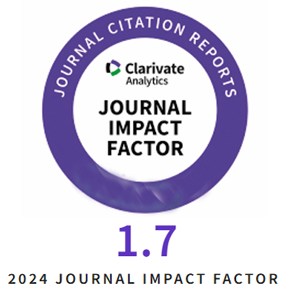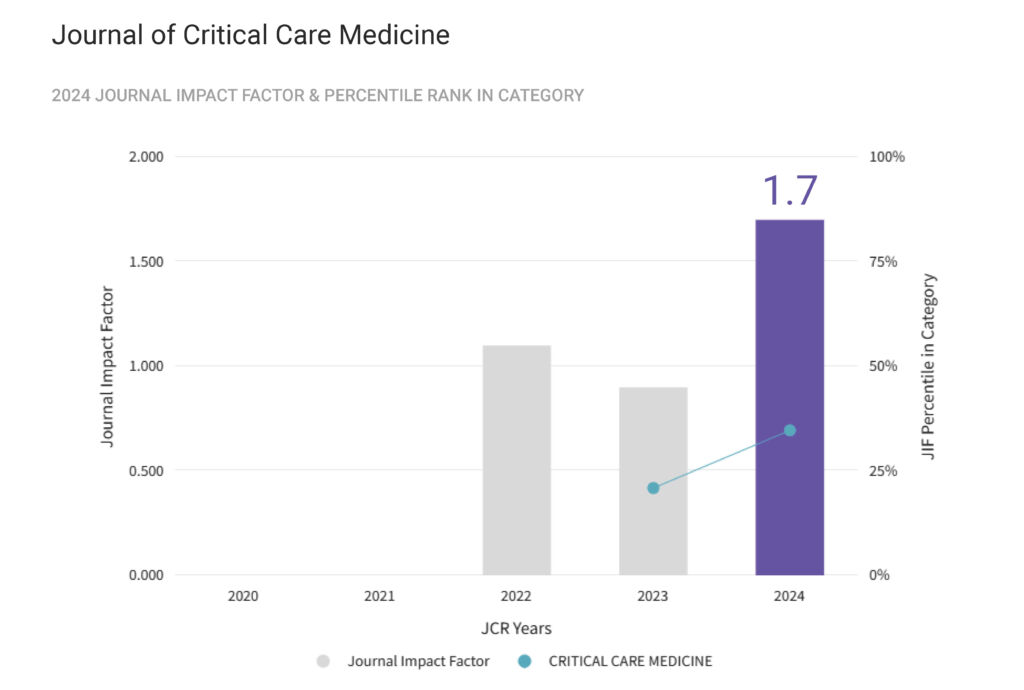Objective: We describe a peculiar combination of West Nile virus (WNV) and SARS-CoV-2 infection, suggesting crucial clinical implications for diagnosis and management.
Case report: We present a case of a 57-year-old woman with a past medical history of end-stage renal disease (ESRD), on chronic hemodialysis, and arterial hypertension. She was admitted to the hospital for a 5-day history of fever, headache, vomiting, psychomotor slowing, a diffuse tremor on the four limbs, and diarrhea. Evaluation revealed the presence of neutrophilic leukocytosis, hemoglobin level of 10.5g/dL, elevated C-reactive protein (60 mg/L), serum creatinine of 13.4 mg/dL with hyperkaliemia. Neurologic examination described the following findings: neck stiffness, confusion with motor aphasia, bradylalia, bradypsychia, global hyperreflexia, diffuse tremor, and unstable gait. Brain CT described a calcified temporo-lateral meningioma, CSF examination revealed colorless appearing, 560 leucocytes/3microL (97% lymphocytes), 848 mg/L proteins, glycorrhachia: 54 mg/dL (serum glucose: 101 mg/dL), and the multiplex Real-Time PCR test result was negative. On the second day of admission, the patient tested positive for COVID-19 and she was commenced on therapy with remdesivir, ceftriaxone, dexamethasone, and clexane. Adequate hemodialysis sessions were performed. On the eighth day of admission, the diagnosis of WNV infection was made based on the positive serological findings and the presence of IgM antibodies in the cerebrospinal fluid. After 15 days of hospitalization, the patient was discharged in good clinical condition, except for mild tremor in her limbs.
Conclusions: Periodic epidemic bursts of WNV infection have been reported in Mures County, but present coinfection is rare; the severity and prognosis of the disease are unforeseeable.
Severe acute respiratory syndrome coronavirus 2 infection and West Nile encephalitis in a patient with chronic kidney disease
DOI: 10.2478/jccm-2025-0040
Full text: PDF










